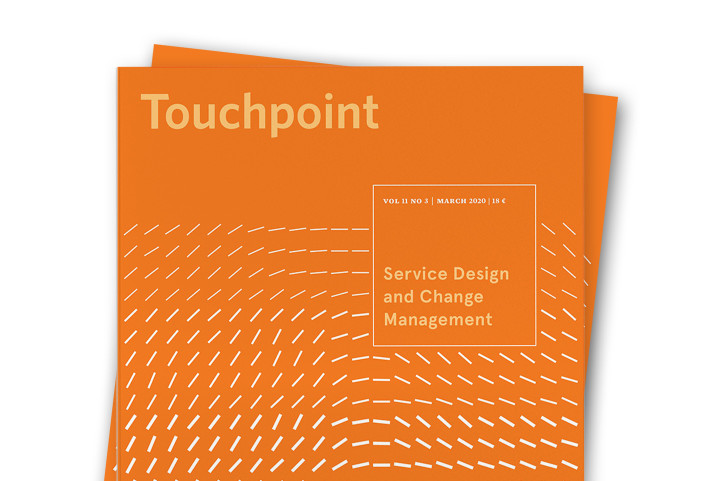
26 Touchpoint articles in this issue
Touchpoint overview

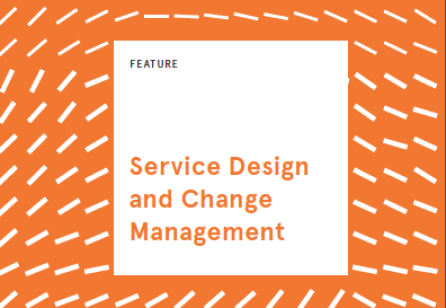
From the Editors
Delivering new services into the market, or improving existing ones, often means fundamental changes within the service provider itself. As the organisation grows larger – or the service more complex – more and more roles are touched by our work.
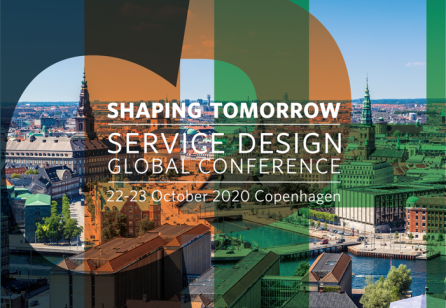
This year´s SDGC is heading to Copenhagen!
Join some of the industry's brightest professionals at the 13th annual Service Design Global Conference in Copenhagen and discuss how we can merge design and technology to guide the way towards meeting the challenges of today and tomorrow.
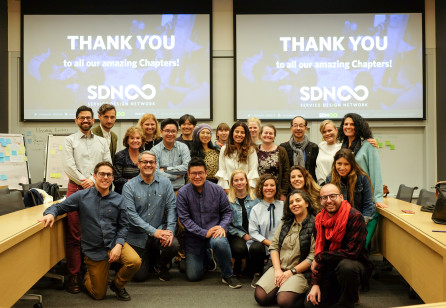
SDN Chapter Awards 2019 – Acknowledging the world-wide impact
The Global Chapter Team and the SDN are excited to announce the four winners of the SDN Chapter Award, which took place during the SDGC19 Members Event on 9 October, 2019.
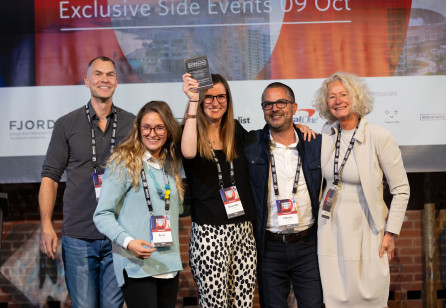
Service Design Award 2019: We have winners in the house!
Late last year, the SDN was incredibly pleased to honour the 2019 Service Design Award winners and finalists for their exceptional devotion and the impact they delivered through service design.
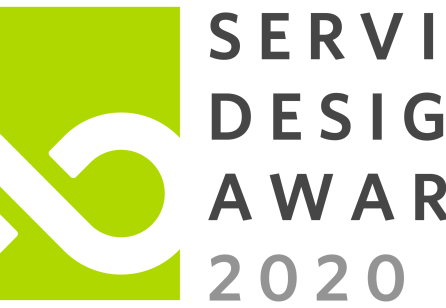
Service Design Award 2020
The Service Design Award 2020 submissions are open from mid February to June 2020. Use the opportunity to submit your own great work and have the opportunity to celebrate on stage at SDGC2020 in Copenhagen!
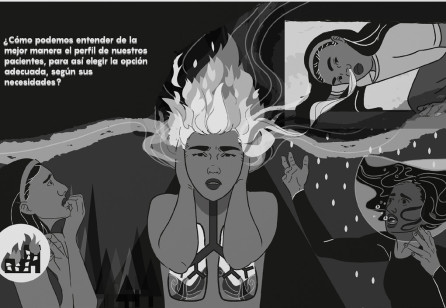
The Art of Speaking about Schizophrenia
Approximately 21 million people world-wide suffer from schizophrenia, a chronic and severe mental disorder characterised by an abnormal interpretation of reality that impacts the way an individual thinks, feels, acts and interacts with the environment.
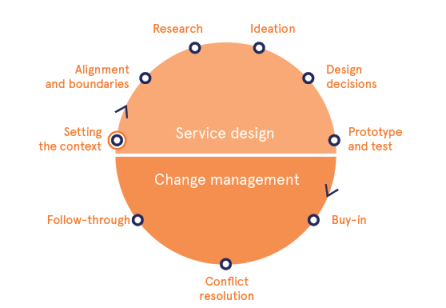
Empowering Service Designers to Become Agents of Change: Leveraging coaching for sustainable service impact
Service designers are increasingly called upon to oversee the deployment of new services, ensure the handover of a design vision and empower internal stakeholders with the tools and skills needed to learn and perform new tasks with dexterity, autonomy and confidence.
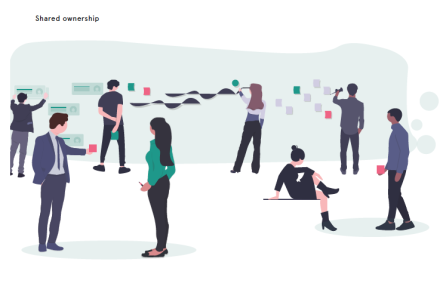
Change as a Force to Design IT Solutions
A well-designed IT solution doesn’t only provide new functionalities which need to be adopted, it also provides a viable and desirable tool for the customer and the employee providing the service. We don’t simply see ‘change’ as helping people adopt a new IT tool, instead we use the phenomenon of ‘change’ to design the IT solution.
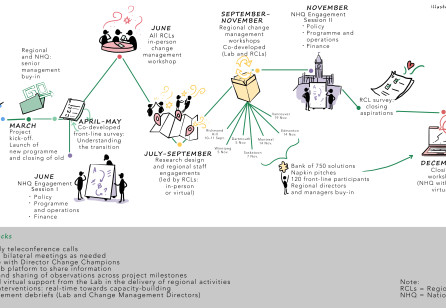
Getting the Machinery Ready: Re-imagining a Service Relationship. Reconciliation from the perspectives of front-line staff
For 12 months, the Department of Employment and Social Development Canada (ESDC) Innovation Lab has led an internal service transformation design project for a programme that aims to better support labour market integration for Canada’s Indigenous Peoples. Complexity in the desired future state made it a promising space for bottom-up innovation through service design.
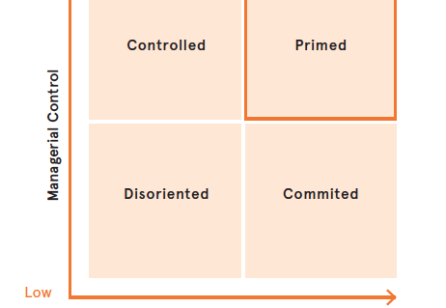
Designing in Complexity Demands Change Management
When designing services, the fundamental challenge is people. Organisations don’t change – people change. In complex systems such as within the public sector, people are even more critical as they are relied upon to make decisions in an unpredictable environment rather than being able to follow predetermined activities.
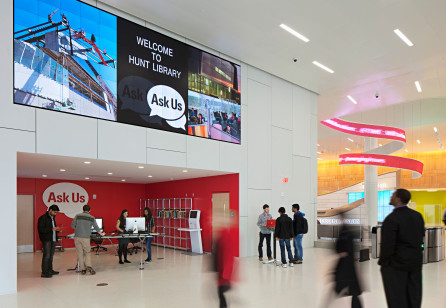
Using Service Design to Transform Higher Education
American colleges and universities inspire their students, conduct game-changing research and contribute to their communities, but there are major demographic, technological and economic changes affecting higher education.
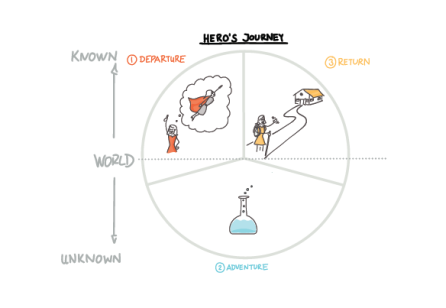
Change as a Hero’s Journey: Facilitating change with storytelling
In today’s modern, complex business world, it’s not enough for service designers to only focus on delivering the concept of a new service – they must also address its implementation. This article describes an easy-to-understand and intuitive model for doing so, based on Joseph Campbell’s ‘Hero’s Journey’.
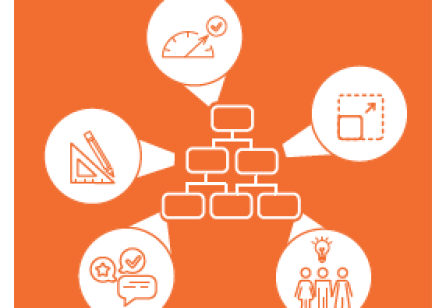
Designing and Scaling with Theory of Change
As designers it is our responsibility to surface and navigate the tensions and complexities of social change and transformation. ‘Theory of Change’ is a methodology for revealing design questions, bringing together insights, stories and evidence, enabling constructive exchanges of knowledge and values, and testing boundaries, contexts and scale.
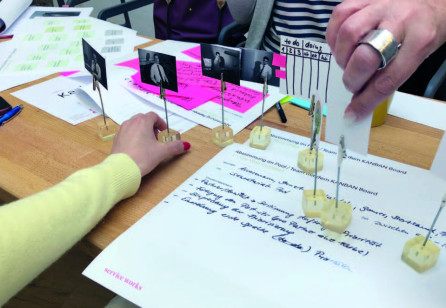
The Challenges of Unlearning Company Culture
Designers and lawyers share a high affinity towards creative problem solving, although their approaches in doing so vary widely. In a recent legal design project, we were given the opportunity to bridge both worlds and change the working culture of German law firm Streck Mack Schwedhelm.
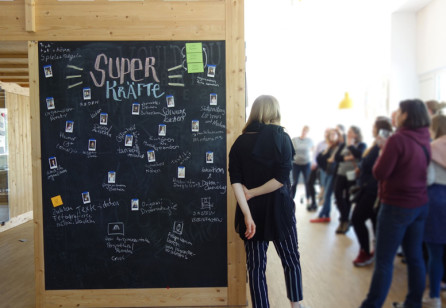
Unleashing the Potential of Organisational Prototyping: A co-creative and pragmatic approach to mastering change
Staying on top in an ever-changing and increasingly complex world has become a necessity for any organisation wishing to be future-proof. Investments in change management and transformation initiatives are therefore becoming more and more valued. Organisational prototyping provides a lean, hands-on approach to incorporating change in a pragmatic and sustainable way.
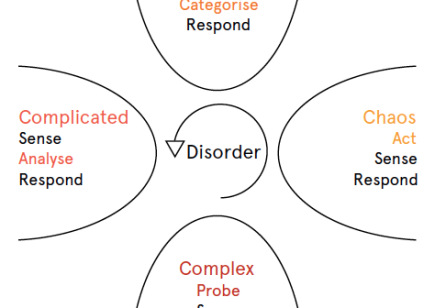
Going from Service Design to Organisational Designing
In this article, we highlight that going from service design to organisational designing means switching from complicated to complex problems. We show how designers can reframe complicated problems to uncover the deeper, complex issues that caused the problems. Solving complex problems, however, requires a different approach.
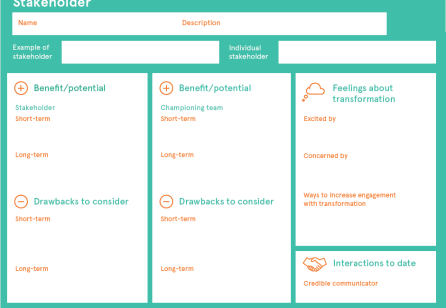
A Flywheel Model of Change Management: Inspiring traditional change management through service design
In this article, we discuss that service designers are particularly well equipped with skills and tools to create change in organisations and can do so more explicitly by applying a flywheel capability model to their work.
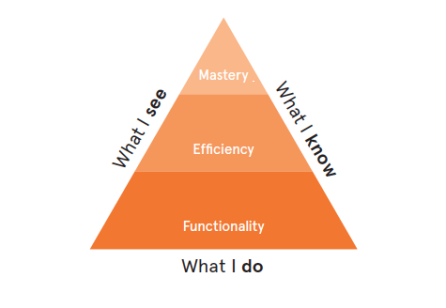
Designing Change from the Inside Out: ‘Self-as-instrument’ and service design
When Bill O’Brien, ex-CEO of Hanover Insurance, was asked about leading transformational change in his own company, he said, “the success of an intervention depends on the interior condition of the intervenor”.1 How can we use self-awareness as a tool to become more effective as service designers?
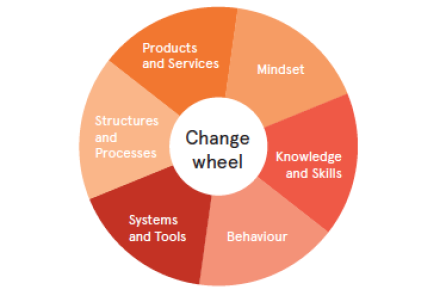
Change Fundamentals for Service Designers: How to influence human behaviour
From the wide body of knowledge on organisational change we have selected three theories and models that should be known by anyone working in the field of service design. These theories can be used to understand people’s behaviour in the context of service design projects and to define activities to influence that behaviour.
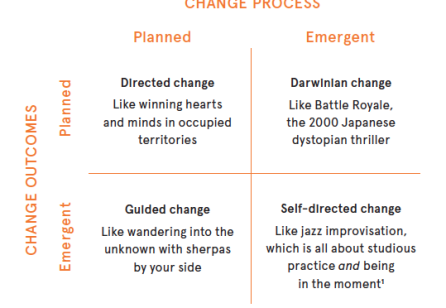
Service Design to the Rescue: The critical roles service designers play in organisational change
Innovation drives change. Change requires innovation. Innovation and organisational change are so intertwined it almost feels disingenuous to untangle them. By the same token, service designers are increasingly using their superpowers in humancentred innovation and design projects to empower leaders, managers and employees in system-wide change processes.
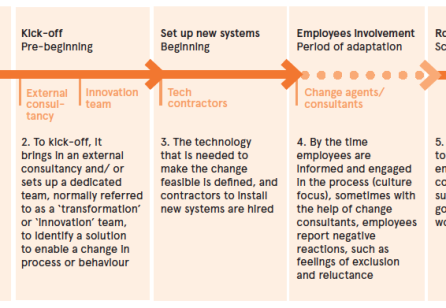
Creating a Culture of Change Agents: Upgrading how change management is done
Organisational approaches to change usually follow a traditional process, in which the achievement of businesses goals and technological change are favoured over the cultural change that is needed. Often, they overlook how employees are emotionally equipped to deal with change.
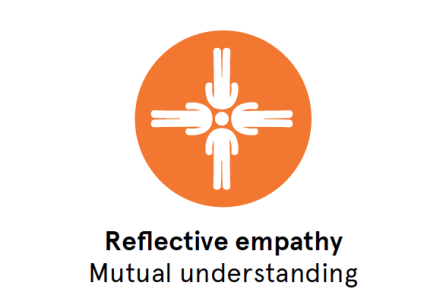
Mirrors Were Not Made for the Blind: ‘Empathic Intervision’ for systemic empathy in service design
Whereas a lot has been written about the usefulness of empathy and when to practice it in service design, very little is said about the actual practice of applying it. This article will introduce practical, in-depth, science-informed, actionable and verifiable tools for the practice of empathy as it is relevant to service design.
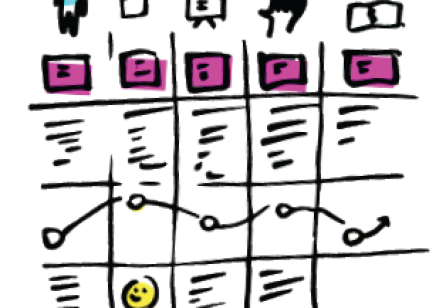
Service Design and Agile: A Seamless Symbiosis. A successful case in the retail industry
Service design and agile practices are leading approaches to create and deliver value. Here, we present a successful case where both approaches accelerated the implementation of new service experiences, supported nation-wide scalability and created a new organisational culture.

Storytelling as a Service
It took less than a minute for our stakeholders to disregard two months’ worth of hard work. Halfway through a change management project, we had created an opportunity map that visualised our research. We felt confident the map – meant to help stakeholders prioritise their initiatives – was a prime example of service design. So why did our deliverable fail to move our stakeholders?
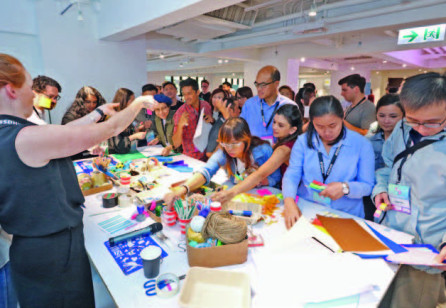
Patti Hunt: Meet the service designer
Patti Hunt is the founder and director of MAKE Studios, a service innovation company based in Hong Kong. For this edition of the Touchpoint Profile, she had a chat with Jesse Grimes, the journal’s Editor-in-Chief, about her work with multi-national corporations, NGOs and start ups in the Asia-Pacific region, as well as the unique challenges posed by practicing service design in Hong Kong.
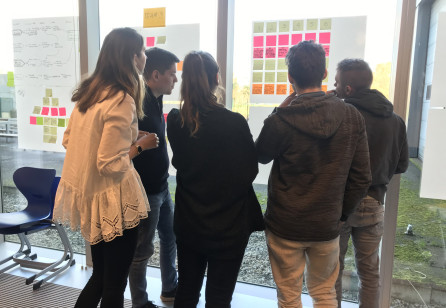
Service Design as the ‘New Normal’ at Laurea UAS
Laurea University of Applied Sciences in southern Finland has adopted service design and co creative approaches as its strategic emphasis, for both the development of the university’s own processes and activities as well as incorporating them into education and RDI activities. Both staff and students are expected to embrace service design thinking and apply co creative methods for developing new activities.


